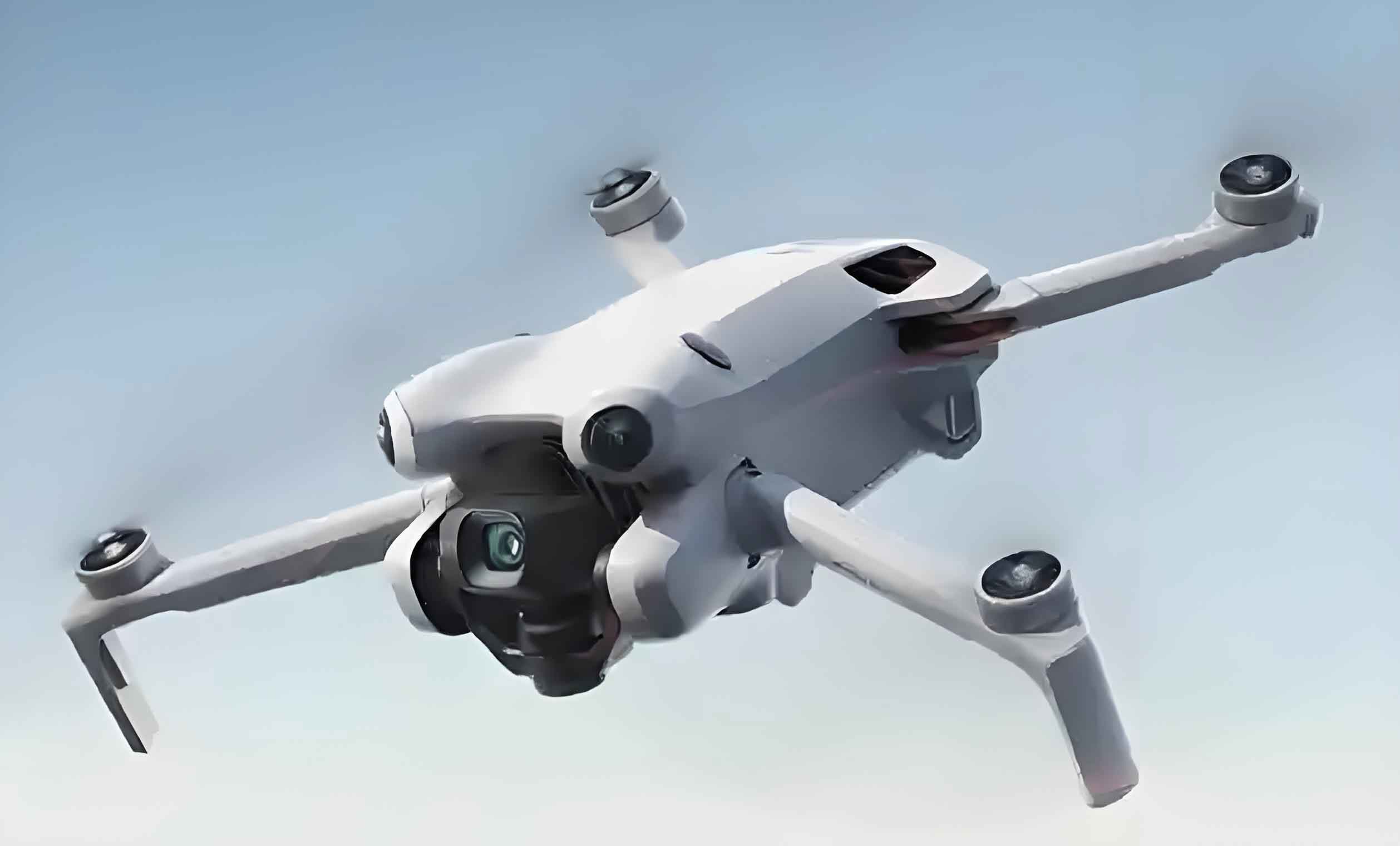The global labor market is witnessing a paradigm shift as the unmanned aerial vehicle (UAV) industry accelerates from niche technology to mainstream economic engine. With applications spanning agriculture, logistics, emergency response, and infrastructure, this sector isn’t merely evolving—it’s catalyzing a jobs revolution. Industry analysts project the UAV industry will generate over 500,000 new positions worldwide by 2030, demanding skills from robotics engineering to AI-driven data interpretation.

Workforce Transformation in Key Sectors
Precision Agriculture: Farmers deploying UAVs for crop monitoring and pesticide application now require “drone agronomists” capable of translating aerial data into yield optimization strategies. John Deere and AGCO now embed UAV operations into equipment training programs, anticipating 40% industry job growth by 2027.
Logistics Reimagined: Amazon Prime Air and Zipline’s medical delivery networks have established certification pathways for autonomous cargo operators. The FAA’s Part 107 license—held by 350,000 U.S. pilots—is becoming a baseline credential, with companies like UPS creating internal “drone fleet manager” roles.
Infrastructure & Energy: Inspection drones eliminate high-risk human tasks. Duke Energy trains technicians to pilot UAVs for power line assessments, reducing inspection times by 70% while creating hybrid roles blending fieldwork with data science.
The Skills Gold Rush
The UAV industry demands interdisciplinary talent:
- Software Developers for autonomy algorithms ($140K avg. salary)
- Regulatory Specialists navigating evolving airspace policies
- Data Analysts processing terabytes of aerial imagery
- Ethical Hacking roles to secure drone networks from cyber threats
Vocational programs are booming. Embry-Riddle Aeronautical University reports 200% enrollment growth in UAV-focused degrees since 2022, while community colleges offer 12-week “Drone Technician” certifications starting at $1,500.
Investment & Policy Fueling Growth
Venture capital flooded the UAV industry with $4.3B in 2024 alone. Key drivers:
- Regulatory Tailwinds: EASA’s new “U-Space” framework enables complex operations across EU airspace.
- Supply Chain Resilience: Post-pandemic, manufacturers like Siemens use drone swarms for warehouse inventory, cutting auditing costs by 90%.
- Climate Mandates: UAVs’ carbon-neutral inspections help companies achieve ESG targets.
Challenges on the Horizon
Despite momentum, the UAV industry faces hurdles:
- Spectrum Congestion: 5G/6G interference risks disrupting control links.
- Public Skepticism: Noise complaints and privacy concerns delay urban deployments.
- Skills Gaps: 65% of operators lack AI integration training per IATA surveys.
The Future Workforce
Emerging roles point to the UAV industry’s maturation:
- Drone Traffic Controllers managing urban air mobility corridors
- Predictive Maintenance Engineers for drone fleets
- UAV Cybersecurity Auditors
- AI Ethics Compliance Officers
Walmart’s distribution centers now employ more UAV operators than forklift drivers—a symbolic shift signaling this sector’s transformative impact. As regulatory frameworks solidify and technology costs plummet, the UAV industry isn’t just creating jobs—it’s building an ecosystem where human ingenuity and autonomous systems converge to redefine productivity.
With global economic uncertainty looming, one trend remains ascendant: The UAV industry has cleared the runway for sustained, high-altitude employment growth. Those adapting fastest to its flight path will dominate the next decade of innovation.
